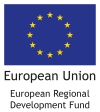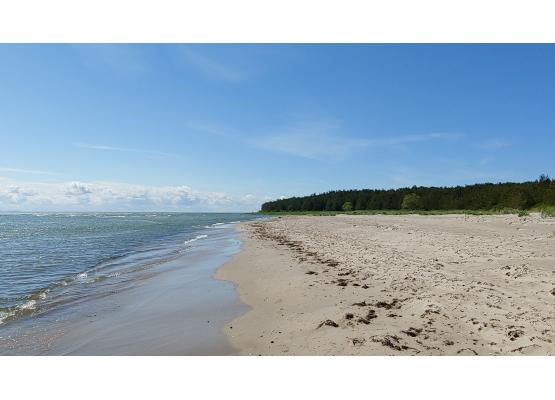P2 Sustainable use of common resources
2.1. Natural and cultural resources developed into sustainable tourist attractions
Archipelago and Islands
01.04.2019 - 30.06.2021
€1 093 704
€858 226
The twin city area of Helsinki and Tallinn has the potential to offer nature-oriented tourist attractions. Because of their strong archipelago vocation, the islands of Vasikkasaari in Helsinki and Aegna in Tallinn have been selected as pilot destinations to test new, innovative and smart solutions to ensure nature protection whilst increasing the attractiveness of the islands. URBAN ECO ISLANDS project aims to increase environmentally conscious tourism in the area.
The smart digital solutions included in the project will enhance the experiences of both local and foreign visitors, as well as the cities in which the islands are located. Helsinki and Tallinn will benefit from the increase in visitor numbers, the investments in waste management and boardwalks as well as smart from the solutions developed by the project to improve the environmental protection of these islands.
Helsingin kaupungin ympäristöpalvelut
Country: FI
https://www.hel.fi/kaupunkiymparisto/en/organisation-and-presentation-of-the-division/
Partner budget: 365.060 EUR
Amount of ERDF funding: 273.795 EUR ERDF
Tallinna Kesklinna Valitsus
Country: EE
https://www.tallinn.ee/est/kesklinn/
Partner budget: 215.020 EUR
Amount of ERDF funding: 182.767 EUR ERDF
Forum Virium Helsinki Oy
Country: FI
Partner budget: 349.172 EUR
Amount of ERDF funding: 261.879 EUR ERDF
Stockholmi Keskkonnainstituudi Tallinna Keskus
Country: EE
Partner budget: 164.452 EUR
Amount of ERDF funding: 139.784 EUR ERDF
Achieved results
URBAN ECO ISLAND investigated sustainable use of islands close to cities
The URBAN ECO ISLAND project piloted new, innovative and smart solutions on two islands (Vasikkasaari in Finland and Aegna in Estonia), to ensure nature protection whilst increasing the attractiveness of the destinations.
The project developed a joint concept for sustainable island tourism. The development process included for example:
- An island visitors’ survey to collect experiences and views
- Testing of different smart solutions to analyse how increased used of destination will impact on its flora and
- Small investments like benches, recycling facilities, improvement of walking tracks and signboards.
As a result, a Handbook for developing urban eco-islands was published and it is available in English, Estonian and Finnish. The handbook can be used when developing sustainable tourism on islands close to cities.
- A handbook for sustainable development of islands close to cities
Internet presence
Other media visibility
Aegnast saab ökosaar (Postimees, 2020)
Aegna muutub ökosaareks (Pealinn, 2020)
Rohelised oaasid muutuvad linnale järjest tähtsamaks (Pealinn, 2019)
Linnaloodusest on kõigil võimalik osa saada (Pealinn, 2019)
Helsingin kaupunki avaa uuden saaren: Vasikkasaari virkistyskäyttöön (Uutta Helsinkiä, 2019)
Tallinn ja Helsingi hakkavad ökosaari rajama (Bioneer, 2019)
Таллинн и Хельсинки будут создавать экоострова (Delfi, 2019)
Tallinn ja Helsingi hakkavad ökosaari rajama (Pealinn, 2019)
Таллинн и Хельсинки будут создавать экоострова: что это значит и сколько стоит? (Postimees, 2019)
Таллинн и Хельсинки будут создавать экоострова (Delfi, 2019)
Аэгна и Васиккасаари превратят в популярные места экотуризма (ERR, 2019)




